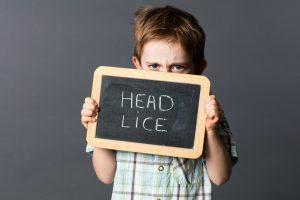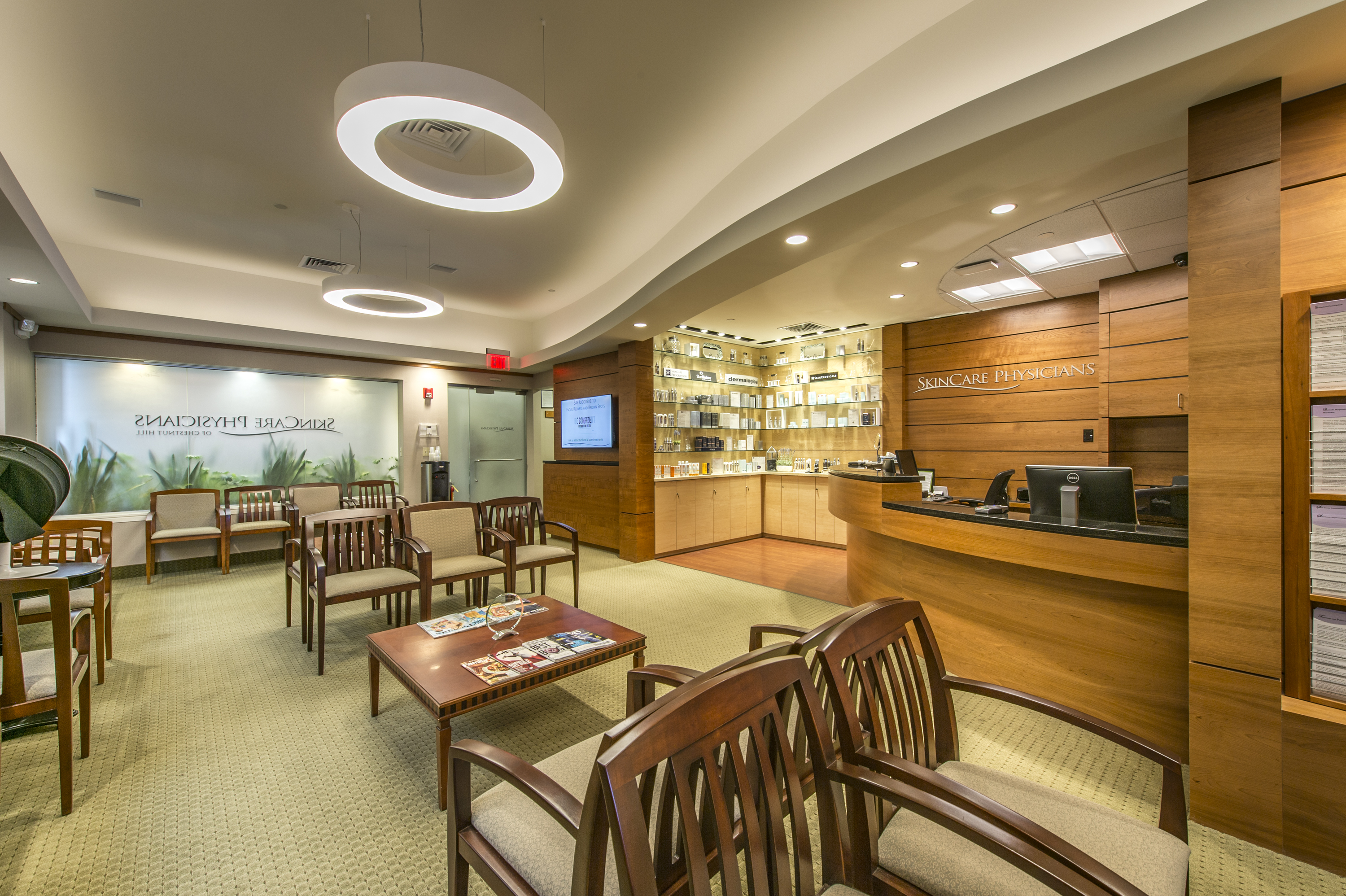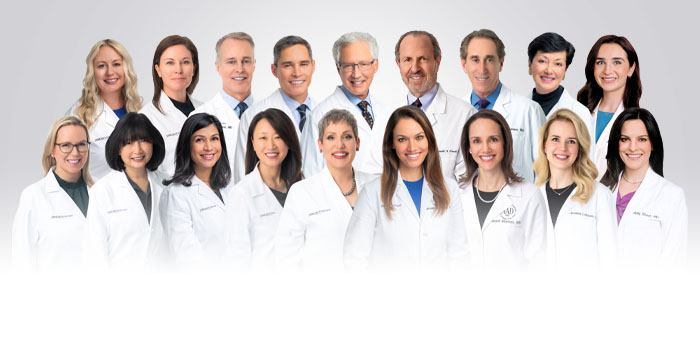- Home
- Blog
- Medical Dermatology
- What you should know about head lice
What you should know about head lice
 Not only is winter cold and flu season, but it is also one of the most active seasons for head lice breakouts in numerous schools. These tiny critters love to travel from hats to hoods to ear muffs hung and stored next to each other at school. That’s why head lice are very common, particularly in school children during the winter. Dr. Phillips, dermatologist at SkinCare Physicians, shares a few tips on how to detect and treat head lice.
Not only is winter cold and flu season, but it is also one of the most active seasons for head lice breakouts in numerous schools. These tiny critters love to travel from hats to hoods to ear muffs hung and stored next to each other at school. That’s why head lice are very common, particularly in school children during the winter. Dr. Phillips, dermatologist at SkinCare Physicians, shares a few tips on how to detect and treat head lice.
It is estimated that up to 12 million children, between the ages of three and twelve, get head lice every year. Head lice are spread through head to head contact or cloth contact. They are totally unrelated to cleanliness. Patients with head lice often complain of intensely itchy scalp. They tend to scratch a lot so that the scalp becomes red and very irritated. They may develop crawling sensations on the scalp and may even see small lice crawling in their scalp. Other scalp conditions can also cause scalp itching, so it is important to get your child’s scalp checked if they are complaining of severe scalp itching.
If you suspect that your child has head lice, look carefully through the scalp, particularly behind the ears and around the nape of the neck. You may see one of the following: Adult lice look like small brown sesame seeds. They will often move quickly through the scalp. Eggs are attached to the hair and are difficult to move along the hair shaft. They are often light yellow or brown in color.
Head Lice Treatment
- Head lice can be treated with over the counter products. The best over the counter lice treatment is a 1 % permethrin cream rinse, called Nix. There are also shampoos, such as Rid, containing pyrethrins and piperonyl butoxide which are left in the hair for 10 minutes then rinsed out. Whatever treatment you use, it is important to carefully read and follow the directions on the packet. Usually, two treatments will be needed, one week apart.
- A fine toothed lice comb is helpful in removing dead lice and nits.
- It is important that family and friends who have been in contact with the patient should also be checked for lice and treated if lice or nits are present.
- All sheets, pillow cases, clothes, blankets, hats, stuffed animals and pillows should be washed in a hot wash and dried in a hot dryer for 20 – 30 minutes. Any items that cannot be washed should be placed in the dryer for 30 minutes at the hottest setting. If items cannot be placed in the dryer, they should be placed in sealed plastic bags and left there for 2 – 3 weeks.
If at home treatment does not work, you should see a dermatologist who can prescribe more potent medications to treat the head lice. But we hope that you have a head lice-free winter!



Leave a Reply